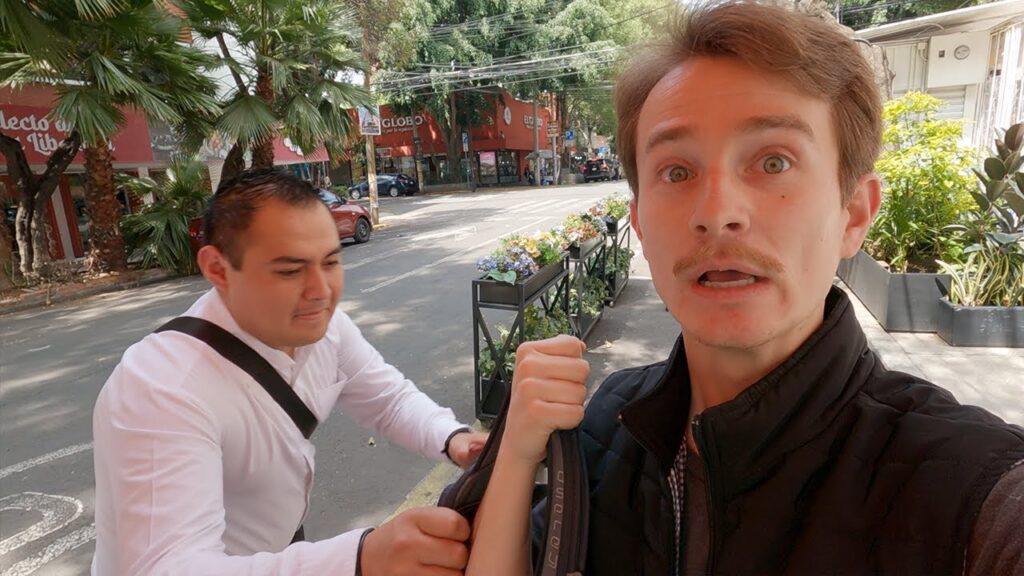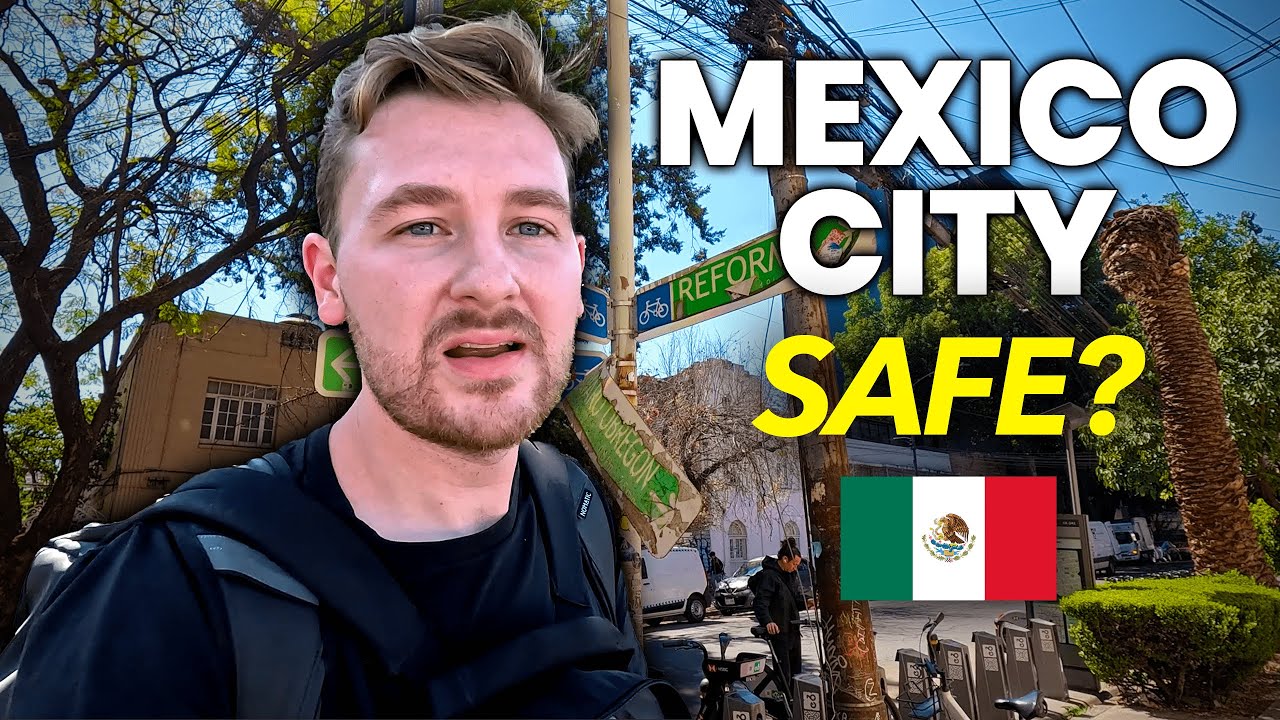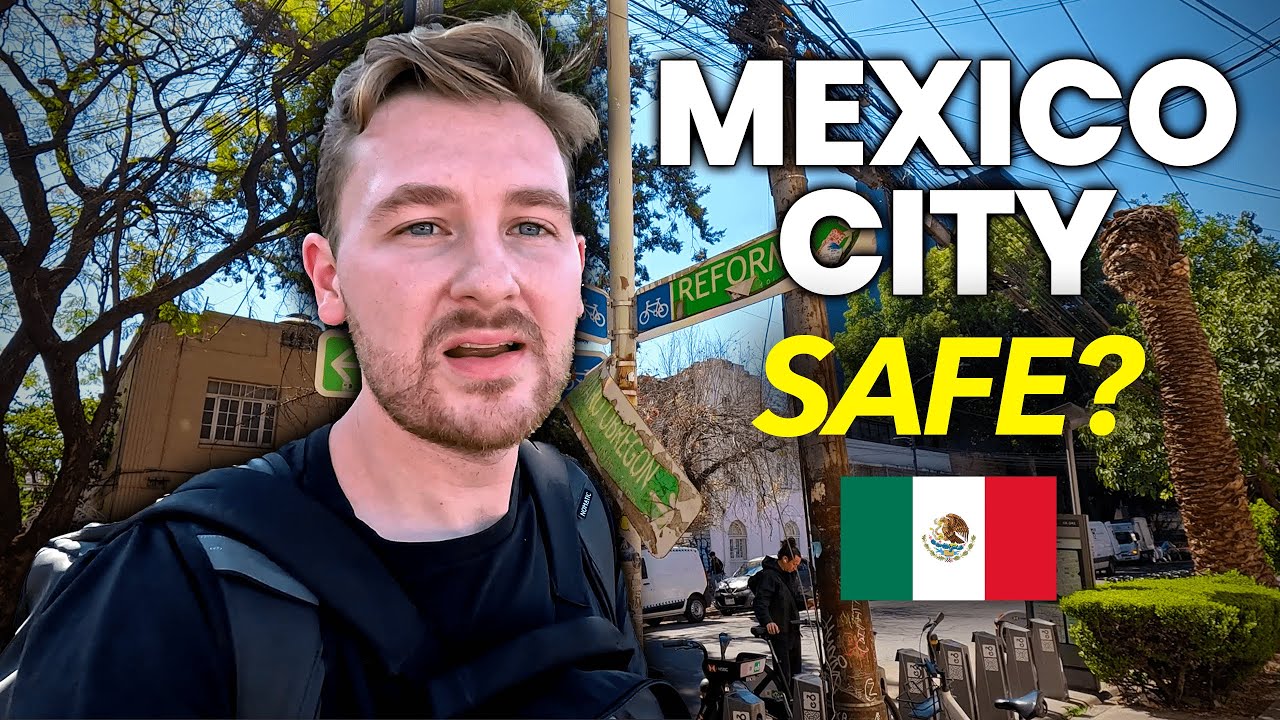Understanding Safety in Mexico City for Tourists
Mexico City stands as a beacon of culture, history, and culinary delights, drawing tourists from across the globe. However, the topic of safety in this bustling metropolis often arises among travelers planning their visit. It’s important to navigate these concerns with practical insights to ensure a pleasant and secure experience.
The city’s safety scenario is nuanced. Like any major global city, Mexico City has areas that are safe and others that tourists would do well to avoid. Areas such as Polanco, Condesa, Roma, and Coyoacan are known for their safety, vibrant street life, and array of attractions. These neighborhoods offer a comfortable environment for tourists to explore, boasting numerous cafes, museums, and parks. On the other hand, caution should be exercised in less touristic and peripheral areas, especially at night.
Public transportation in Mexico City is extensive and includes metro, buses, and the newer Ecobici bike-sharing scheme. While these services are generally safe during the day, it’s advisable for tourists to avoid less crowded compartments on the metro and to opt for trusted taxi services or ride-sharing apps, especially after dark. Paying attention to personal belongings and avoiding displaying expensive items can mitigate most risks associated with petty theft.
Engaging with the local community and culture can enhance safety too. Learning basic Spanish phrases, not just for communication but also to understand signs and announcements, can be incredibly helpful. Mexicans are known for their warmth and hospitality, and a respectful approach towards local customs and advice often opens doors to safer, enriching experiences. For instance, asking hotel staff or local friends about areas to avoid or the best times to visit certain places can provide valuable, real-time safety advice.
Finally, staying aware of your surroundings and maintaining a low profile contributes significantly to a trouble-free visit. This includes not carrying large amounts of cash, being cautious about sharing personal information with strangers, and staying informed about the city’s current events. By adopting these practices, tourists can effectively navigate Mexico City’s vibrant streets with confidence and focus on the rich experiences the city has to offer.
Top Safety Tips for Traveling in Mexico City
Traveling to Mexico City promises an unforgettable adventure full of vibrant culture, delicious cuisine, and historical richness. However, like any major metropolitan area, it comes with its safety challenges. Here are top safety tips to ensure your visit is both enjoyable and secure.
Firstly, it’s crucial to stay aware of your surroundings, especially in crowded places like markets, tourist attractions, and public transportation hubs. Pickpocketing can happen, so keeping your valuables secure and out of sight is key. A money belt or a theft-proof backpack can be a wise investment for your travels in Mexico City. Additionally, try to blend in as much as possible by dressing similarly to locals and avoiding flashy jewelry or watches that could attract unwanted attention.
When it comes to transportation, using registered taxi services or ride-sharing apps is strongly advised over hailing cabs on the street. These services provide an extra layer of safety by tracking your ride. Make sure to double-check the vehicle’s license plate and driver’s information before getting in. Furthermore, avoid walking alone at night in unfamiliar neighborhoods. If you’re going out, plan your return trip in advance, ensuring you have a safe means to get back to your accommodation.
Staying connected is another vital safety tip. Ensure your mobile phone works in Mexico and consider purchasing a local SIM card for easier communication and access to maps and emergency services. Letting a friend, family member, or your accommodation know about your daily itinerary can also help keep you safe. In case of any emergency, knowing key contact numbers, such as the local police and your country’s embassy, is critical.
By following these safety tips, your trip to Mexico City can be a memorable and secure experience. Embracing these practices will not only keep you safe but also help you navigate the city with confidence, allowing you to fully immerse yourself in the rich tapestry of Mexico City’s culture and attractions.
Areas to Avoid and Safe Neighborhoods in Mexico City
In Mexico City, a vast and vibrant metropolis, the safety of neighborhoods can vary greatly. While many areas are safe and welcoming to visitors, offering a plethora of cultural, dining, and leisure activities, there are certain areas that travelers are advised to avoid, especially after dark. Understanding the landscape of safe versus less advisable areas to visit is crucial for any traveler seeking an enjoyable and secure experience in Mexico’s capital.
Safe Neighborhoods: Areas like Polanco, La Condesa, and Roma stand out for their safety, charm, and array of attractions. Polanco is renowned for its luxurious shopping, gourmet dining, and beautiful parks, making it a haven for tourists seeking a blend of relaxation and sophisticated urban exploration. La Condesa and Roma, often mentioned in tandem, are celebrated for their hip vibe, featuring trendy boutiques, art galleries, and an impressive culinary scene, alongside well-kept streets and parks. These neighborhoods not only offer a safe environment but also a glimpse into the city’s vibrant lifestyle and culture.
Areas to Avoid: Conversely, neighborhoods such as Tepito, Doctores, and parts of Iztapalapa pose more significant safety concerns, especially after nightfall. These areas are often associated with higher crime rates and are not recommended for tourists. It is advisable to exercise caution and prioritize visits to safer districts that are more equipped to welcome international visitors. Moreover, regardless of the area, basic safety precautions such as avoiding displaying valuables openly and being aware of your surroundings at night remain essential advice for anyone exploring Mexico City.
Emergency Services and Support for Tourists in Mexico City
Exploring Mexico City offers an exhilarating blend of historical landmarks, vibrant street markets, and lush parks. However, like any major city, emergencies can happen. Knowing the available emergency services and support mechanisms in place for tourists can ensure a safer and more enjoyable experience.
Mexico’s National Emergency Number: 911 is the immediate go-to for any urgent assistance. This number connects callers with medical, fire, and police services. The operators are trained to communicate in English, providing a crucial link for tourists in distress. It’s advisable for visitors to have this number saved on their mobile devices for quick access in any unforeseen situations.
Tourist Assistance Units, known as “Unidades de Atención al Turista”, are strategically located in popular tourist areas. Staffed by bilingual personnel, these units offer not only emergency services but also information and support in case of lost documents or guidance on dealing with legal issues. Their presence ensures that tourists can quickly find help and relevant information without language barriers.
Another pivotal service is the Tourist Care and Protection Center (CAPTA), which specializes in safeguarding the rights and welfare of tourists. CAPTA works closely with the local police, embassies, and consulates to provide comprehensive support, ranging from minor inconveniences to serious legal matters. This includes assistance in case of theft, health emergencies, and even legal representation if needed.
Lastly, many hotels in Mexico City have robust security measures and staff trained to deal with emergencies. They can provide immediate first aid, call for an ambulance if required, and offer invaluable advice on navigating the city safely. Tourists staying in these accommodations can leverage the hotel’s resources for emergency support, ensuring peace of mind during their stay.
While Mexico City is a mesmerizing destination promising adventure and discovery, being aware of these emergency services and support structures is essential for a worry-free visit.
Real Experiences: Tourist Safety in Mexico City
Traveling to Mexico City promises an adventure filled with vibrant culture, stunning architecture, and mouth-watering cuisine. However, like any large city, safety is a concern that many travelers contemplate. Understanding the local context and taking sensible precautions can make your journey not only safer but also more enjoyable.
First and foremost, it’s essential to stay informed about the areas you plan to visit. Mexico City is vast, and safety can vary significantly from one neighborhood to another. Researching and talking to locals or experienced travelers about where and when it’s safe to explore is vital. Generally, tourist-friendly areas like Condesa, Roma, and Polanco are considered safer, offering plenty of attractions within walking distance and a lively atmosphere well into the night.
Personal safety practices are also crucial in Mexico City. Like in any major urban area, it’s advisable to keep your belongings secure and maintain awareness of your surroundings. Using ATMs in well-lit, populated areas during the daytime and avoiding flashy displays of wealth can significantly reduce risks. Opting for registered taxis or reputable ride-sharing services, especially at night, is another easy yet effective safety measure.
Lastly, engaging with the local culture respectfully can enhance your safety and overall experience. Making an effort to learn basic phrases in Spanish, understanding local customs, and showing respect to the community can open doors and create a network of helpful acquaintances. Embracing these practices not only enriches your travel experience but also fosters positive interactions that can contribute to your safety in Mexico City.


